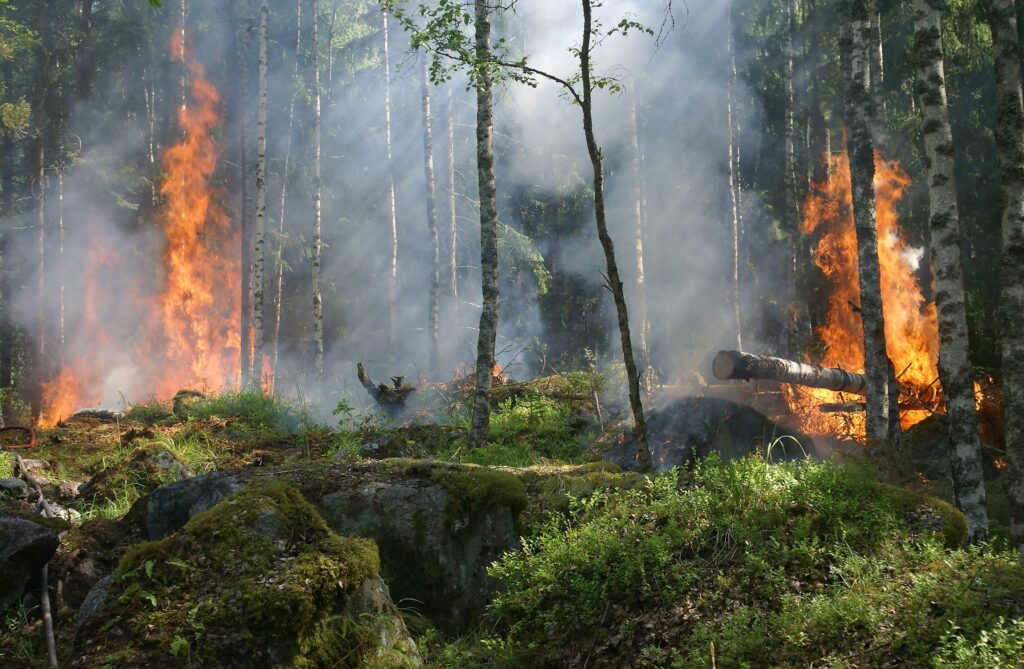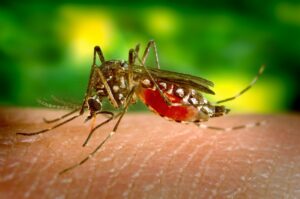The Burning of Amazon Forest- Where are we heading?

Neucrad Health India News Desk August 30, 2019
Most of you must be knowing that the Amazon rainforest is burning at an unprecedented rate since the beginning of this year. The fire in this valuable forest is nearly 84 per cent more than the last year, and the National Institute for Space Research, Brazil have detected around 72,843 fires at several areas from January to August 2019. Many states in the northern part of Brazil, have been adversely affected by the forest fire. It is adding a massive amount of hazardous gasses like carbon monoxide and car dioxide to the atmospheres.
Cities as far as Sao Paulo (about 2700 kilometres away) have reported one-hour blackout during day hours due to the smoke travelling from the Amazon forest. The State Amazonas has declared a state of emergency due to the effect of the fires, and the satellite images of Roraima show a thick envelope of smoke covering most of the locations. Neighbouring countries like Peru, Bolivia and Paraguay have also reported the presence of smoke in their atmosphere. In such a scenario, political leaders across the globe are pledging necessary help and guidance so that they can arrest the fire or bring it under control.
What is Amazon Rainforest?
The Amazon rainforest spreads across nine countries and covers approximately 40 per cent of the landmass of South America. This forest produces around 20 per cent of the total oxygen gas present in the atmosphere, and for this reason, people often refer to this place as the “lungs of the planet”. The rainforest mostly consists of moist broadleaf trees along the Amazon basin. It covers a total area of 5,500,000 square kilometres (2,100,000 square miles), and about 60 per cent of the forest is present in Brazil. Peru contains about 13 per cent of the forest, and Columbia contains 10 per cent. Besides, minor parts of the Amazon forest is also present in Venezuela, Ecuador, Bolivia, French Guiana, Guyana, and Suriname.
Environmental experts suggest that about half of the world’s remaining rainforests are present on the Amazon Basin. It is home to approximately 390 billion individual trees 16,000 species of living organisms. The forest act as a sink for absorbing the excess carbon dioxide gas present in the atmosphere.
Biodiversity in Amazon Forest
Amazon rainforest is home to numerous flora and fauna. Thanks to the high rainfall and humidity, this zone remain blessed with rich and varied biome. You can find here a luxuriant cover of many species of plants, birds, insects, animals, and fishes. Some of these organisms are so rare that Biologists are yet to record them. Visitors notice a large number of myrtle, palm, rosewood, laurel, acacia, rubber, and Brazil nut tree. Besides, there are many types of animals, including tapir, jaguar, red deer, capybara, monkeys, scarlet macaw, manatee, black caiman, and anaconda. Even the water bodies are rich in uncommon fishes like electric eels and piranha. The presence of so many different types of plants and animals makes this rainforest one of the most wealthy ecological zone in terms of biodiversity.
Let’s care amazon forest. Let’s share to bringing awareness about the impact of forest in our life.









